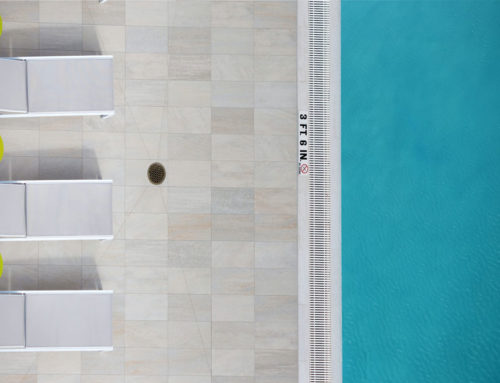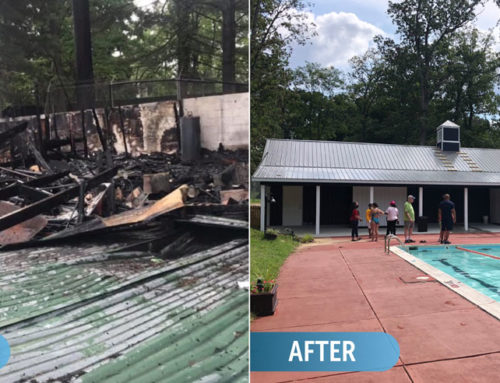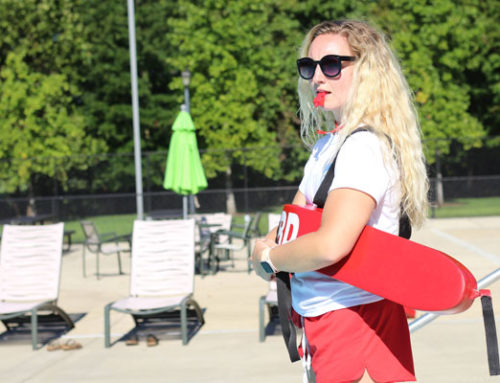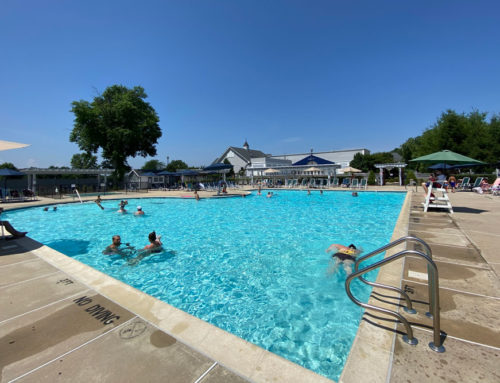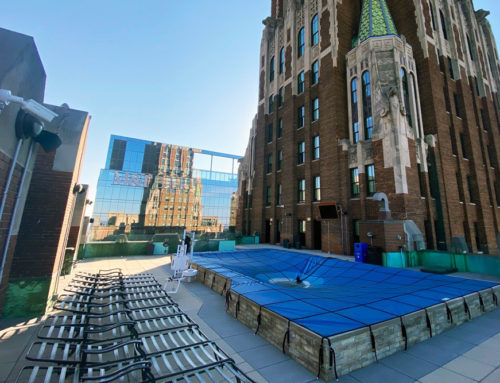Peak season has started, which means that every aspect of the pool should have been checked over by pool management. However, given the many tasks that managers have to tend to on a daily basis, a few may have been placed on the back burner.
Of course, there are certain areas that are critical for pool compliance and swimmer safety. For community pool operators, adhering to state and local regulations is not only a matter of compliance, but a matter of safety.
Enlist help
Ensuring overall pool safety will require the services of your maintenance specialists. These professionals know the ins and outs of the many pieces of equipment that keep the pool running. Here are three critical areas to assess for safety and compliance.
1. Drain cover: You have a VGB-compliant drain cover installed, but it’s been over five years since commercial pools have been required to install the items. These products have expiration dates, which range between three to seven years. If you haven’t replaced yours in the past few years, chances are, you’re due for a replacement soon or may already need a new one. Check with the company you bought the cover from. They should have details on the make, model and expiration date.
2. Lifeguard certification: Though your lifeguards are up to date on their certification, others on the staff who have lifeguard certification from the American Red Cross may need to be recertified. In 2012, American Red Cross certifications shortened their validity periods from three years to two. Having extra employees outside of lifeguard staff who are rescue-trained is always best practice. Guests will rest easy knowing that there are plenty of people who are certified, and finding coverage for a lifeguard can be easier.
3. Automated external defibrillator: The demand for AEDs has been escalating ever since Maryland’s implementation of Connor’s Law, which requires all public pools to have AEDs on site. This demand has expanded beyond community pools in Maryland. Consider investing in an AED or, if you already have one, have it inspected. These items require routine maintenance.
There will be more tasks that need to be taken care of, but these are three of the most important ones in regard to safety and compliance.


